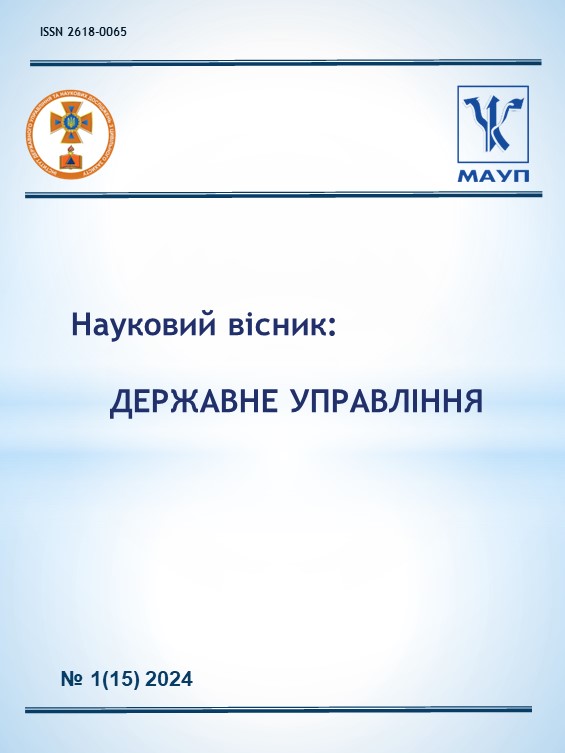MODELING THE OPERATION OF THE EMERGENCY RESPONSE SYSTEM IN THE EXCLUSION ZONE
DOI:
https://doi.org/10.33269/2618-0065-2024-1(15)-191-204Keywords:
state management, exclusion zone, control mechanisms, safety, civil protection, state management bodies, modeling of emergency situations.Abstract
This scientific article presents a detailed study aimed at enhancing the effectiveness of the emergency response system in the Exclusion Zone, with a focus on the activities of the State emergency service of Ukraine and State Agency of Ukraine on Exclusion Zone Management firefighting units. Considering the critical need to ensure greater effectiveness in responding to potential threats and fires in this area, the article concentrates on an analytical review and justification for the placement of fire stations. Particular attention in the article is given to the role of controlling in the emergency response system, which serves as a key element in improving the effectiveness of prevention and mitigation of fires and other emergencies. Controlling not only identifies potential weaknesses in the system but also provides an opportunity for timely adaptation and improvement of response to crisis situations, significantly enhancing the readiness and efficiency of firefighting and rescue services. The goal of the research is to develop a model that will determine the optimal number and placement of firefighting units, taking into account the characteristics of the studied territory, potential risks, and the need for quick access to the sites of likely emergencies. The article sets out to conduct a thorough analysis of the current state of civil protection infrastructure in the zone, assess environmental and other important conditions affecting emergency response, and formulate scientifically grounded recommendations for improving system effectiveness. For the analysis and determination of the optimal dislocation of firefighting units, this study employs Geographic Information Systems (GIS), ensuring accurate mapping and analysis of the territory for optimal allocation of forces and resources. The research methodology applied allowed identifying existing deficiencies in the civil protection system and developing a strategy to increase the effectiveness of emergency response measures. The findings of the study underline that the implementation of recommended measures can significantly increase the level of safety in the Exclusion Zone, reduce risks to people's health and lives, and ensure the efficient use of civil protection forces and resources. Implementing the proposed model will require coordinated efforts from various organizations involved in civil protection in the Exclusion Zone. The article contributes significantly to the scientific discussion on methods of enhancing the effectiveness of the emergency response system and will serve as a foundation for future research in this critically important area.





